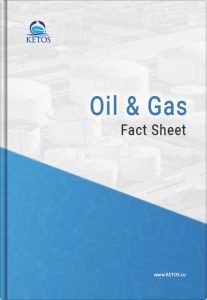Download This Industry Fact Sheet
Have A Question? Request Your Demo >
"*" indicates required fields
Oil and Gas Operations and Real-time Water Quality Monitoring Systems
 KETOS SHIELD, an automatic water quality monitoring system, provides accurate, real-time monitoring for dozens of water-related parameters using a multi parameter water quality sensor. Monitoring your water is straightforward via an interoperable system that uploads data to the cloud for 24/7 access. Companies using KETOS can easily plug it into existing systems and centralize water data. They can also sample water strategically across oil and gas operations to simultaneously test for 30+ parameters.
KETOS SHIELD, an automatic water quality monitoring system, provides accurate, real-time monitoring for dozens of water-related parameters using a multi parameter water quality sensor. Monitoring your water is straightforward via an interoperable system that uploads data to the cloud for 24/7 access. Companies using KETOS can easily plug it into existing systems and centralize water data. They can also sample water strategically across oil and gas operations to simultaneously test for 30+ parameters.
With a digital water solution like KETOS, organizations can finally achieve 360-degree water intelligence based on real-time data. Visualization of data helps oil and gas companies understand water in one glance and act on the fly based on automated reporting, threshold-based alerting, and predictive analysis.
Download the Oil and Gas Fact Sheet
Want more insights into oil and gas and how monitoring plays a pivotal role? Download our Oil and Gas Water Fact Sheet to gain insights on:
- oil and gas operations and their reliance on testing
- concerns around oil and gas activities and local water supplies
- how KETOS solves water dilemmas around water monitoring and water quality
- how digital water approaches can transform oil and gas compliance
How is Water Used in Oil and Gas Operations?
Oil and gas use water to lubricate and cool drills and remove mud and rock debris during drilling. Water is also used during fracking and mixes with chemicals to help fracture and facilitate oil and gas flow into wells.
Water Quality Matters to the Oil and Gas Industry
On average, companies need 10 barrels of water for every barrel of extracted oil. The result of drilling is produced water. It’s often naturally more saline and may contain oil residue or chemicals from drilling fluids and natural contaminants from the rock. While most wells do not leak, there is a constant risk of contamination to nearby groundwater supplies. Produced water is sometimes buried deep underground or is reused or returned to the environment. Proper treatment is necessary if the water is reused or returned to local water supplies. Water operators must understand its quality and composition to treat the water effectively.
Monitoring That’s Affordable and Automated
Today’s oil and gas operators no longer have to rely on expensive approaches beyond their budget. Instead, through digital water transformation, monitoring water quality takes less time, involves less manual labor, and puts less stress on budgets.
KETOS is automated and can integrate with existing infrastructure. With everything managed on-site via a water quality monitoring device, oil and gas water operators no longer need to use expensive third-party testing and can save themselves hours of manual labor. Extensive, transparent reporting also helps manage compliance, ensuring regulatory requirements are met and maintained.
Learn How Automated Water Sampling Saves Cities & Businesses Hundreds of Hours Each Year…
KETOS Awards
















